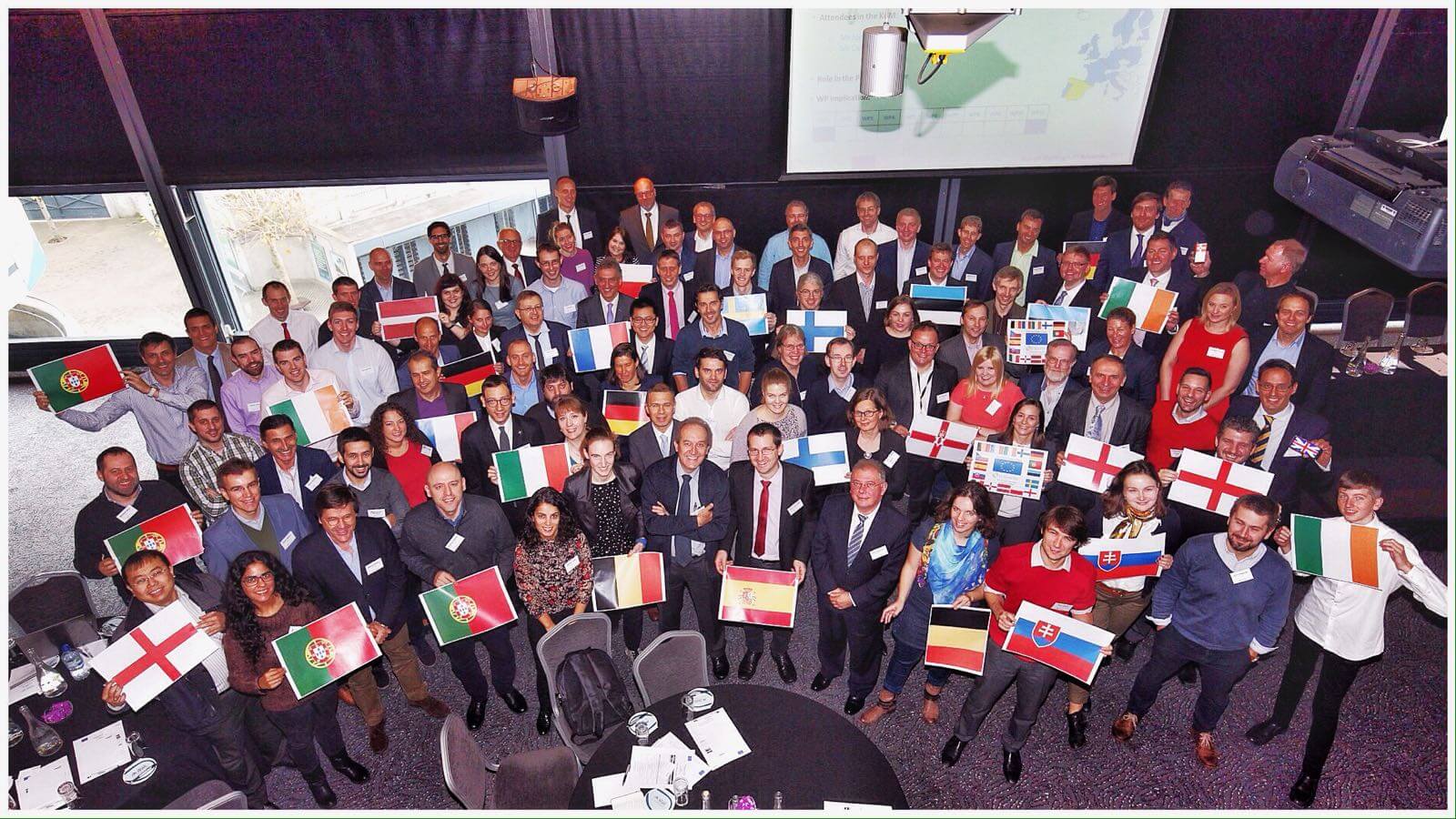INESC TEC’s project is distinguished by a scientific journal in the energy area
The German demonstrator of the EU-SysFlex project has just been distinguished by the annual scientific publication “The Global Power & Energy Elites 2020” as one of the most innovative demonstrators in the “Technology” category.
11th December 2019
INESC TEC is a partner of the EU-SysFlex project through the Centre for Power and Energy Systems (CPES). According to the publication, the reasons for this nomination are linked to the role of the demonstrator in promoting a decarbonised Europe through the integration of renewable energy sources.
The annual publication “The Global Power & Energy Elites” from Smart Energy International and Clarion Power and Energy Series distinguishes, for the sixth time, leaders and projects with significant impact on the energy revolution. The German demonstrator of the EU-SysFlex project, which takes advantage of a range of technologies developed by INESC TEC’s researchers, marked the list of nominees.
The official announcement was made in Paris, during the European Utility Week, where the work of the project in this demonstrator was distinguished for the innovative use of renewable energy sources distributed from the existing flexibilities in the electricity system in order to minimise grid congestion problems. The German demonstrator is one of the seven demonstration areas of EU-SysFlex
Why the German demonstrator? Germany has played a crucial role in the decarbonisation of the European Union through renewable energy sources. In 2030, renewable energy sources are expected to represent 65% of the energy generation. This is where the unexpected technical challenges in the pan-European electricity system come in: more variability in electricity supply, distributed resources and uncertainty.
What are the challenges? Up until that point, the conventional energy sources took over the largest share of participation in the electricity system and the renewable energy sources could only be interrupted as an emergency procedure, usually short-term one, in order to avoid real-time congestion. In addition to this is the fact that these “green” energy sources are not part of the congestion management processes, which the new German legislation are foreseeing to mitigate through new processes in the integration of renewable energy sources in the dispatching process.
What is the desired solution? Therefore, it is necessary to increase the flexibility of the electricity system in order to manage its complexity. One of the alternatives is to use advanced coordination mechanisms between distribution system operators (DSOs) and transmission system operators (TSOs). For this purpose, the German demonstrator is developing tools that enable and improve the network control centre and enable TSOs to mobilise assets related to the distribution network for the provision of ancillary services to support the electricity system. By estimating the real flexibility by the network operators, it will be possible to optimise the electrical system and to integrate more renewable energy sources.
Since 2017, the year in which the project began, the partners involved have already made some progress in this demonstrator. Through the sharing of synergies between the leaders of the demonstrator Innogy and Mitnetz, INESC TEC, Fraunhofer IEE, and the University of Kasse, the target processes in the congestion management and voltage control were described, as well as the necessary exchange of information between TSOs and the data from the German demonstrator platform. Besides this, the strategy has already been defined for the implementation of the demonstrator platform in terms of the infrastructure of the network control centre as well as a plan for its implementation.
All these legal and technical challenges will be addressed by the EU-SysFlex project by the end of the project in 2021.
Bernardo Silva, João Vieira Silva and Fábio Retorta are the INESC TEC’s researchers (CPES) involved in the development of the German demonstrator of this project.
More information on this project may be found here. More information on the “The Global Power & Energy Elites of 2020” publication may be found here.
This project has received approximately EUR 20 million funding from the European Union’s H2020 research and development programme under the grant agreement No. 773505.
The researchers mentioned in this news piece are associated with INESC TEC and UP-FEUP.


